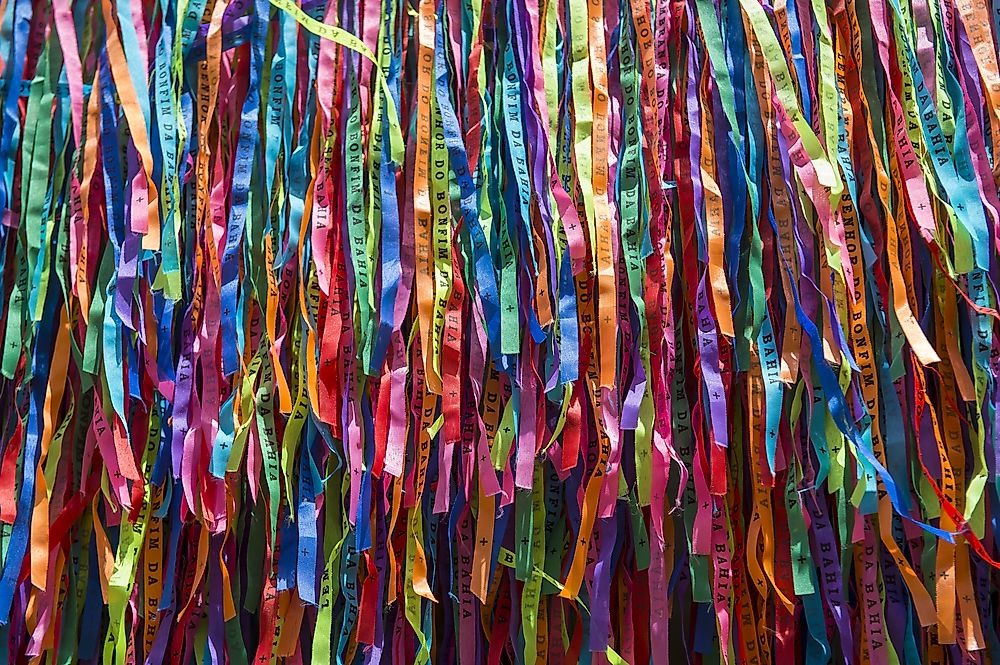The Culture and Traditions of Brazil

The Federative Republic of Brazil is the fifth largest country in the world and occupies half of the landmass of South America. It is also the fifth most populous country in the world, with a richly diverse culture from many different countries as well as the untouched indigenous tribes that live in the Amazon jungle. Brazil’s cultural diversity has been shaped by the dominant presence of European settlers who brought along ideas, innovations, beliefs, and African enslaved people, who influenced the local cultures with their customs and ideas.
Religion and Beliefs
Religion is important in Brazil, as 80% of the country’s population is affiliated with a religion. The symbol of Brazil’s religious affiliation is the colossal statue of Christ the Redeemer that stands on the summit of Mount Corcovado in one of the country’s most famous cities, Rio de Janeiro. Roman Catholicism is the major religion in Brazil, with two-thirds of the population affiliated with the religion. Catholicism was introduced by Portuguese Jesuits in the 16th century during colonization, with the aim of converting indigenous cultures to Christianity. Religious beliefs and customs vary immensely throughout the country, particularly in rural areas where Saints of the Catholic Church are honored with a vow of pilgrimage.
Language
Portuguese is the national language in Brazil and is spoken by 99% of the population, making it one of the strongest elements of national unity. The only exceptions are certain indigenous groups and immigrants who have preserved their native languages. There are major variations in the Portuguese languages spoken in Brazil and Portugal. In Brazil, there are no dialects, but regional variations in vocabulary and accent. The Brazilian sign language, LIBRAS, is a descent of the French sign language and is officially recognized by law, although it has limited use.
Celebrations
The Brazilian Carnaval is one of the country's most distinct ceremonies. Carnaval is an annual ceremony celebrated all over the country forty-six days before Easter as a form of farewell to bad omens and repentance before the death and resurrection of Jesus. For almost a week, there are intense celebrations, particularly in the coastal cities of Rio de Janeiro and Salvador, where Christians parade in song and dance.
Food
Due to the long history of immigrants in Brazil, cuisines vary immensely across regions, with major dishes including Japanese, Italian, African, Middle East, and Chinese, Japanese, and Amerindian influences. Rice and beans are the staple diet in the country. Other common dishes include Feijoada, which was introduced by African slaves, Feira, Kibeh from the Middle East, and Coxinha, a common street food.











